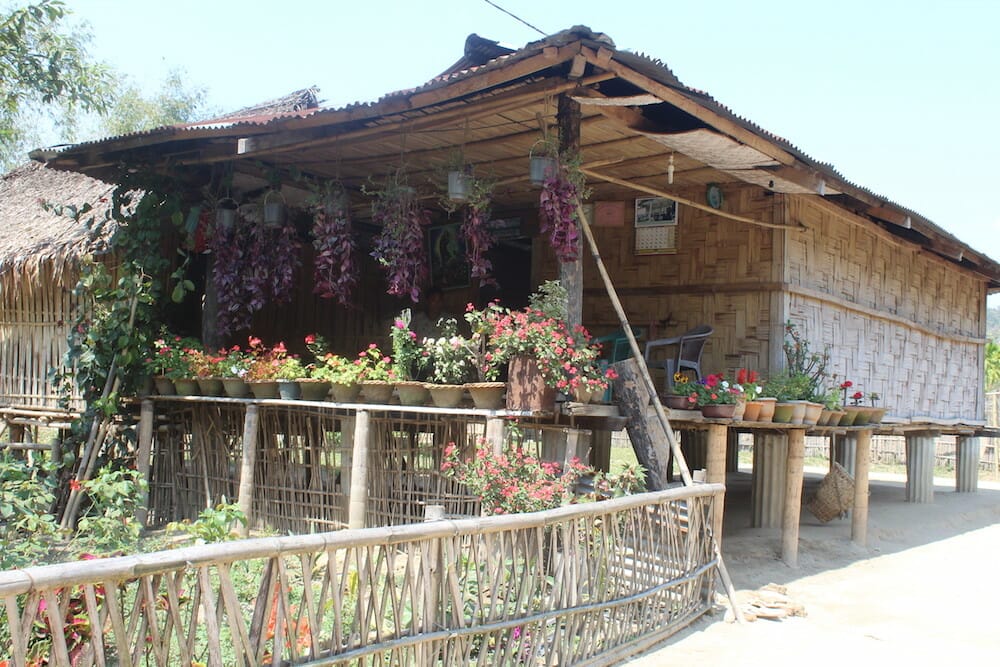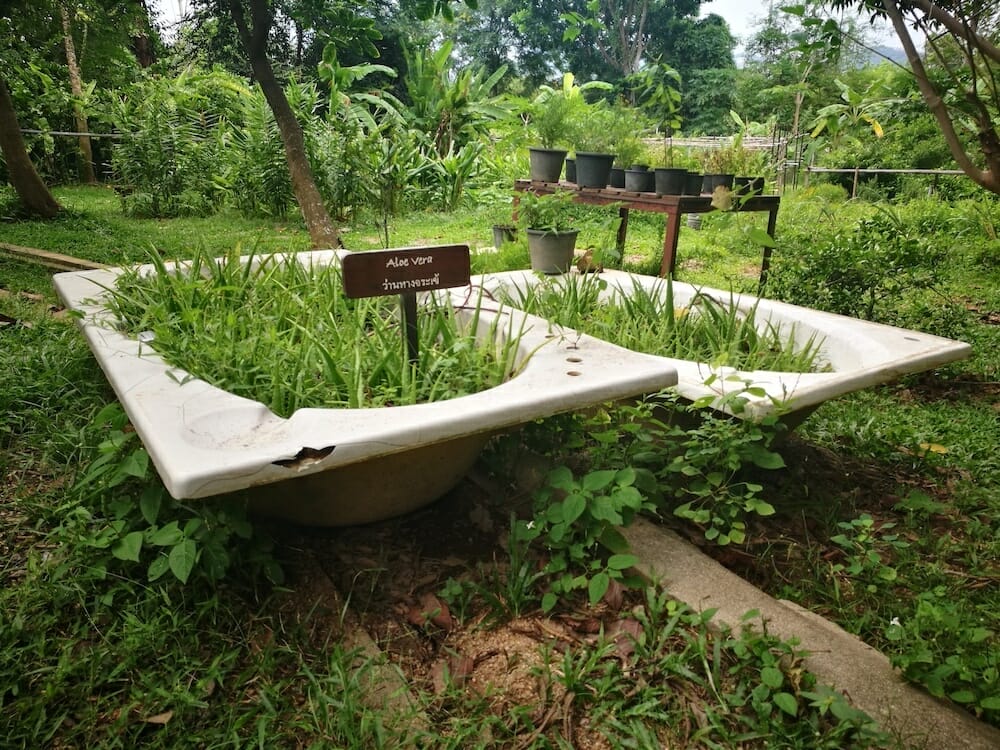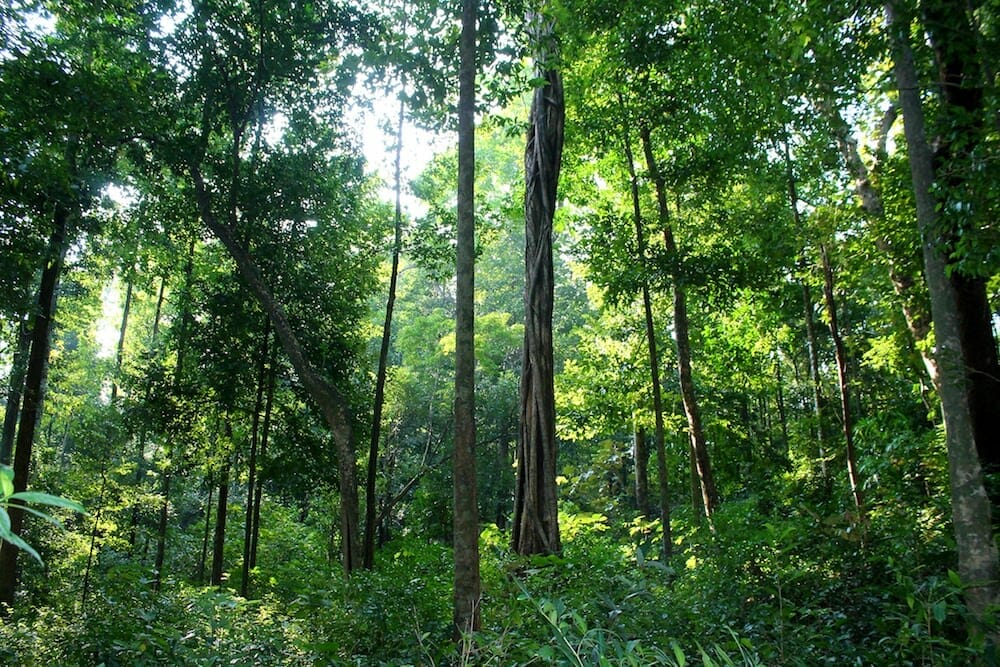Green Pearls spokespersons—Hanna Bossman and Anke Helene answer basic questions about what green travel means and their tips on how to best approach it
Picture this Post (PTP) Editor reports that many hundreds of travel-related news releases cross her desk each month. In this mountain of communications about great destinations across the world, tours of all flavors and stripes, and hotels aplenty, the announcements from a German-headquartered communication agency and information platform called Green Pearls (GP) jumped out as having not only a green angle but also a breadth and depth of offerings and new ways to think about how to approach eco-tourism.
We’ve asked Green Pearls spokespersons—Hanna Bossman and Anke Helene to backtrack first and answer basic questions about what green travel means and the Green Pearls (GP) tips are on how to best approach it.
(PTP) What does sustainable tourism mean?
(GP) There are different words describing the concept of sustainable traveling: eco-tourism, responsible tourism, sustainable tourism, conscious tourism and so on. Each of them puts a slightly different focus, however, all of them express the approach not to harm (or negatively influence) the environment or the locals and their culture in any way. So actually, the concept seems rather simple at first. But in fact, there are a lot of things to consider. You can find a very comprehensive list of standards on the webpage of the Global Sustainable Tourism Council (GSTC ) website.
In a global world, traveling gets more complex as well. Maybe you don’t know how to find out if your accommodation is eco-friendly, or you don’t know whether the money you spend on vacation goes back to the locals or ends up with the big companies. Or you might not know how the people and animals are treated when tourists are not around. There’s a lot to think about, but that also means there are lots of small steps you can easily integrate into your travels to become a more responsible and sustainable traveler.
Editor’s Note: See links at conclusion of this story.
Which types of travelers are pioneering green travel ?
The latest study by Booking.com shows that a lot of travelers are aware of the issue of green traveling and 55% state they are more determined to make travel choices that are sustainable than a year before. However, and there is one issue coming up every year, travelers feel not well informed about options and how to really travel sustainably.
When it comes to age, the study says that it’s consistent over different ages. But 74% of travelers between 46 and 55 years old believe it’s important to travel sustainably, followed by 71% of the millennials. In general, 73% intend to stay at a sustainable accommodation in the next year.
So actually, you cannot really say there is only one group pioneering green travel. As sustainability becomes a more and more important topic in public, the interest in green traveling also increases.
What should one consider if you are aiming for green travel? What are some general tips for travelers on how to make their travesl more eco-friendly?
When it comes to sustainable traveling there are quite a few things everyone can and should consider:
Getting there:
Whenever possible you should use public transportation. Flying is the least favorable option but if your dream destination is only reachable by plane make sure to stay there longer. The longer the flight is, the longer the stay should be. You can also offset your carbon emissions. And, if you don’t want to cut out flying in general, or cannot, try to lower the number of flights you take.
Accommodation:
Choose an eco-friendly accommodation. Even though many people consider them to be more expensive, they are not.
When a hotel is carbon neutral, doesn’t use chemicals, cares for nature with an own organic garden and engages for social purposes or animals--you also contribute indirectly by staying there. In some hotels and resorts you can engage in eco-friendly projects. In some destinations you can also stay at homestays—which is a great way to make sure the locals benefit from tourism as well – while you at the same time have more authentic experiences.
Only leave footprints:
Yes, we’ve heard it thousands of times already but it’s still true. Bring your own bottle and bags, get rid of plastic products, take your trash back home, pack your own lunch in eco-friendly boxes, etc There are limitless options to make sure you’re not responsible for more trash in your destination.
Wildlife tourism:
This is kind of a tough topic, because even though many people want to travel more sustainably, they still want to take selfies with wild animals. However, a good wildlife selfie is only one kind— where the animals are indeed wild and in their natural habitat. Even lots of sanctuaries unfortunately are not really animal-friendly but abusing them for profit just the same. So, keep your eyes open.
Respect:
That’s really the only rule you need. If you visit a place – be it a city, a village or the countryside – you’re a guest. Make sure to respect the inhabitants and try not to disturb them. This applies to taking pictures of people or instagrammable places, getting in contact with people, being careful of the environment, and more. If you’re respectful, you’re already doing a lot.
Why are a growing number of travel enthusiasts looking for eco-friendly travel options? What is the more recent trend vs long range trends in this regard?
Not too long ago no one even knew what sustainable tourism was. But of course, with a rising interest in the topic of sustainability and a rising interest in traveling at the same time, according to Booking.com, today 72% of travelers think that people have to act and make sustainable choices also when it comes to traveling. Everybody talks about sustainability nowadays. But let’s just hope that all these people are really willing to change their habits, because we all are creatures of habits and sometimes eco-friendly travel options can be uncomfortable at first. For example, if you skip flying and travel to your destination by train it might take you longer. But in the end maybe you would have missed a wonderful trip because you’ve experienced so much on your way – the journey is the reward. One of the trends we see is that people of all ages love to go on vacation in their own country. And the advantages are clear: short journey and therefore less expensive and there is so much to discover.
This trend comes along with the trending topic of flight shame. It’s all over the media and people discuss it a lot but as we stated above, if your destination is only reachable by plane make sure to stay there as long as possible. This is especially important as there’s also a trend (mostly among young people) to rather do more short trips than one or two longer ones. With flights often being really cheap, they can easily travel to far away destinations for a long weekend, however, this is a really bad trend when you look at sustainability.
Why is it so important? Can traveling even be sustainable?
Sustainable traveling really is important and we strongly believe in sustainable tourism. Why should travelers leave their concerns on the environment at home? If green living is important in your daily life it should be important during your vacation as well.
The conscious traveler seeks a place where sustainability and comfort are combined. Of course, travelling is for fun, for experiencing, to widen your horizon – but it can be also about supporting local culture and communities as well as protecting the planet. One does not exclude the other. In the end we are all looking for special, authentic and beautiful places that have not been harmed by masses of tourists and the waste they leave behind. It’s of course more sustainable to travel to closer destinations and to stay longer. The journey as well as the accommodation have a huge impact on the sustainability of your vacation.
How do you recognize a real green/eco hotel? What can hotels do to be more sustainable?
There are many aspects for hotels to consider-- but also for destinations and tour operators to be sustainable. It starts with architecture, natural materials inside and outside the hotel and with the choice of chemicals for cleaning. Another indicator for a green hotel is the usage of organic, regional and seasonal food in the kitchen and their engagement for the local community and animals. Supporting employees and offering good working conditions to them is also important as well as the Integrating of eco-friendly heating and power systems, making sure no plants or natural habitats are destroyed… the list goes on. Of course, not all of this is visible for guests. However, a truly green hotel will be more than happy to answer all questions you have about sustainability. What you can see though as a tourist is for example if the hotel uses a lot of single-use plastic (on the buffet, in the bathroom, water bottles etc), promotes wildlife encounters that are not animal-friendly or the kind of food that is being offered in the restaurant. As soon as you start looking for signs, you will see them everywhere you go.
For more information visit the Global Sustainable Tourism Council website.
About the contributors: Green Pearls® is an information platform and communication agency for sustainable tourism. They communicate the unique stories of their partners for whom environmental protection and social equity governs everyday operation. Check out www.greenpearls.com to find unique, authentic and green experiences, hotels and destinations
.
Editor’s Note: Look for upcoming articles in Picture This Post by Hanna Bossman and Anke Helene of Green Pearls about many sub-topics within the broad subject of green travel such as discussions of eco-friendly diving, eco-friendly winter vacations, eco-friendly hotels’ gardens, food, architecture, and more.







